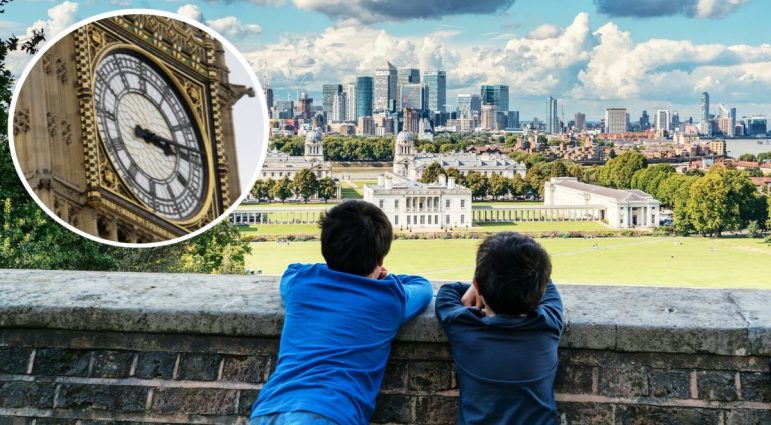THIS SUNDAY, March 31, sees the return of British Summer Time (BST) when, in return for losing an hour’s sleep, the evenings get lighter by the day.
BST starts at 1am on Sunday – the last one in March – returning the hour from when the clocks went back in October.
But, how did it all begin? And what is the thinking behind the annual move?
Emmie Clarke looks at the history of British Summer Time.
A SIMPLE search online will show you there are many stories about how the changing of the clocks came about.
The main story suggests it all began with William Willett, a builder from Surrey, who enjoyed morning rides on his horse and late evening golf matches.
He noticed that while the spring sun was up, the blinds of people’s homes were still closed and at dusk nobody was outside to embrace the evening sun.
This inspired him to think about how the country could adapt to maximise the amount of daylight – simply by waking up earlier to enjoy the sun and start the day at a more ‘opportune’ time.
He conceived the idea of ‘Daylight Saving Time’ (DST).
In 1907 William published a pamphlet named ‘The Waste of Daylight’. He proposed the idea that the clocks could be brought back 80 minutes in April, and the clocks brought forward 80 minutes in September.
His theory was aimed at efficiently ensuring the evenings remained lighter for longer. After initially changing the clocks by 90 minutes, it was later reduceed to one hour instead.
Over time, William gained popularity over his ‘daylight saving’ idea including plaudits from Sir Winston Churchill.
The ‘Daylight Saving Scheme’ remained just an idea until the outbreak of the First World War.
In 1916 Germany became the first country to adapt to daylight saving time, followed shortly by Britain.
DST was an effective on the battlefield as vital energy sources were saved and coal could be conserved.
The emergency law soon became a permanent law following the 1925 Summer Time Act, which provided the permanent change of the summer time, resulting in reducing energy consumption and making the most of the daylight during the summer.
Unfortunately, in 1915 at age 58, William died before he got to see his idea become a passed law.
William was laid to rest at Saint Nicholas’ Churchyard in Chislehurst near his former house, The Cedars, which he, himself, built. The house now has a blue plaque on it to honor William and the changes he helped bring in with regards to British Summer Time.
He also has a memorial and sundial to commemorate his idea of ‘daylight saving’, which is located in Petts Woods, Bromley.
‘British Double Summer Time’ was used during the Second World War – the clocks were pushed two hours in front of Greenwich Mean Time (GMT). This was temporary too ensure Britain was on the same time as mainland Europe.
Since then, the UK uses Greenwich Mean Time (GMT) from the last Sunday in October and during the winter months and British Summer Time from spring to summer.
More than 70 countries around the world use some form of Daylight Saving Time – these include much of Europe, America, New Zealand, Australia, Canada and Mexico.
Don’t forget to put your clocks forward at 1am on Sunday (March 31).











